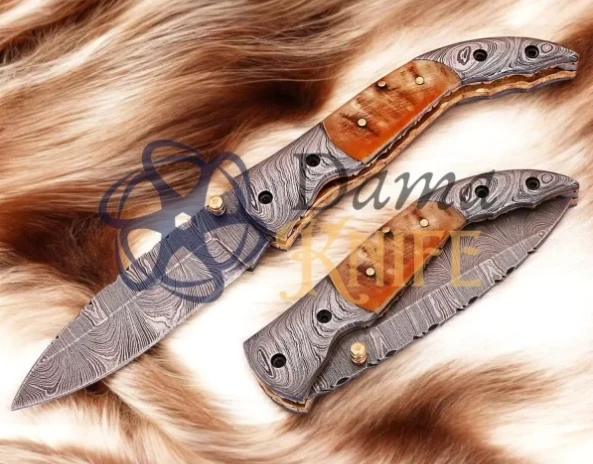Damascus knives are renowned for their exceptional craftsmanship, unique wavy patterns, and superior strength. The term "Damascus steel" refers to a type of steel historically used in the Middle East and India, famous for its resilience and sharpness. Today, modern Damascus knives are created using forge-welding techniques, combining multiple layers of steel to produce a blade with stunning aesthetics and outstanding durability.
Key Aspects of Damascus Knife Craftsmanship:
1. Materials and Steel Selection
- Traditional Damascus steel was made from wootz steel shop, but modern versions use high-carbon steel alloys such as 1095, 15N20, VG-10, or stainless steel.
- High-carbon steel gives the knife excellent edge retention, while nickel-based alloys like 15N20 contribute to the pattern contrast.
2. Forge-Welding and Layering
- Damascus knives are made by stacking multiple layers of steel, heating them, and forging them together.
- The repeated process of folding and hammering can create 100+ layers, enhancing strength and producing distinctive patterns.
3. Pattern Development
- Patterns arise from the layering and manipulation of the steel, with designs like:
- Ladder – even, wavy lines
- Raindrop – circular, bubble-like spots
- Twist – spiral patterns from twisting the steel
- Random – unpredictable, organic waveforms
- Mosaic – complex geometric arrangements


